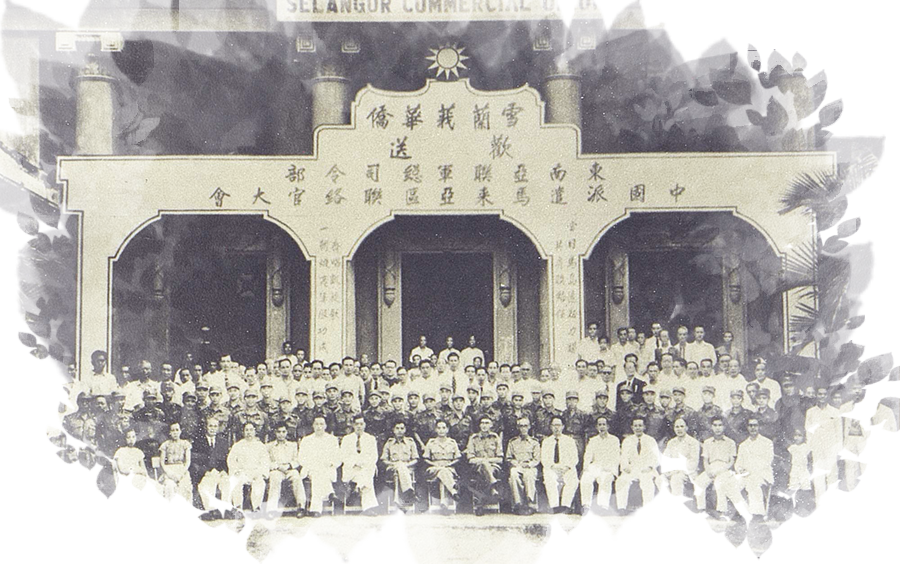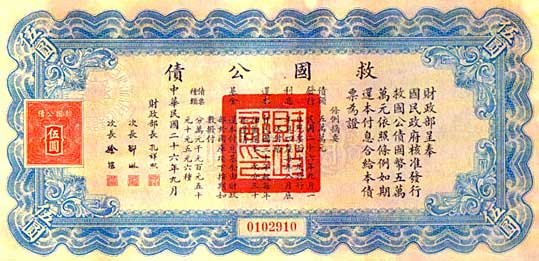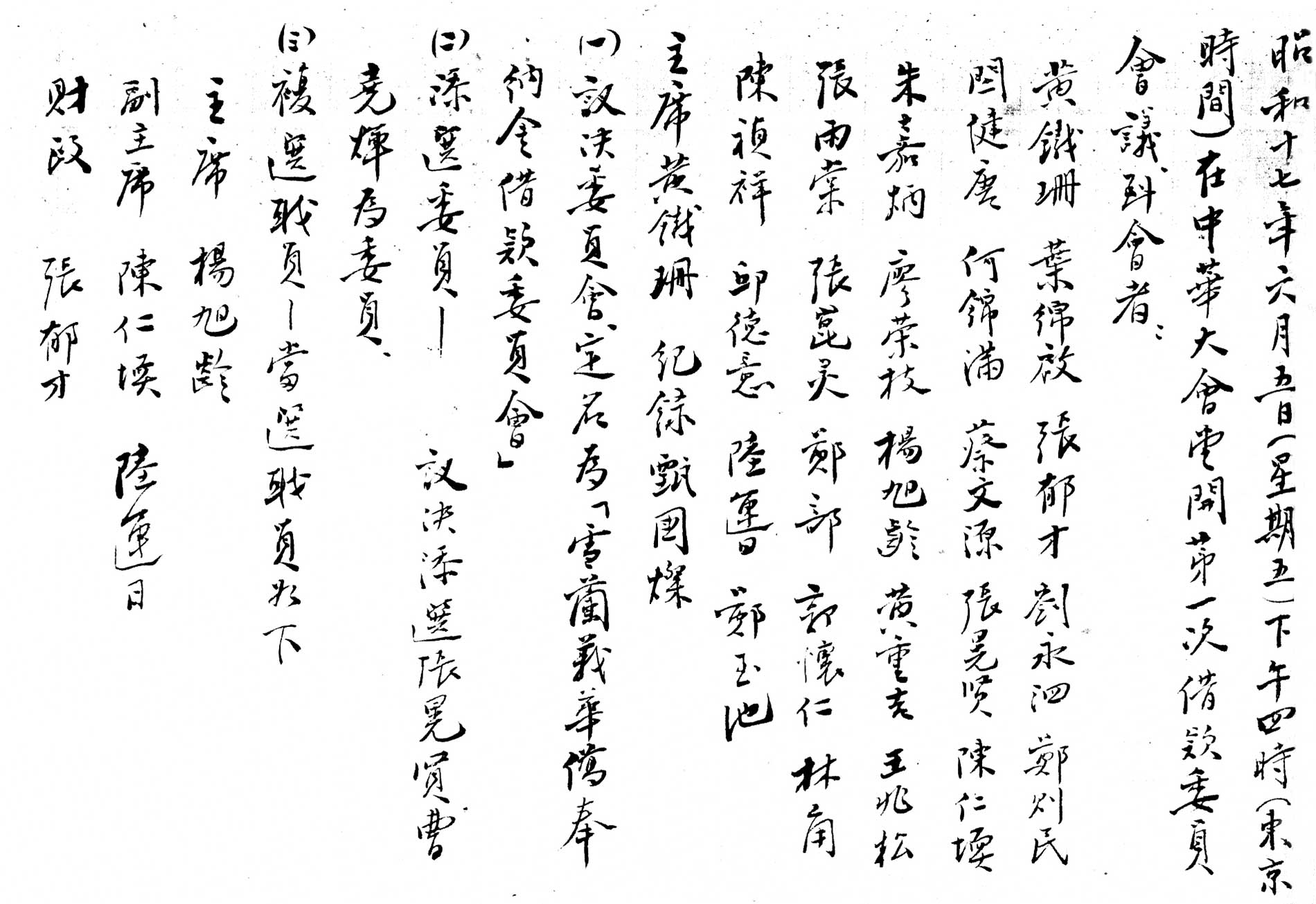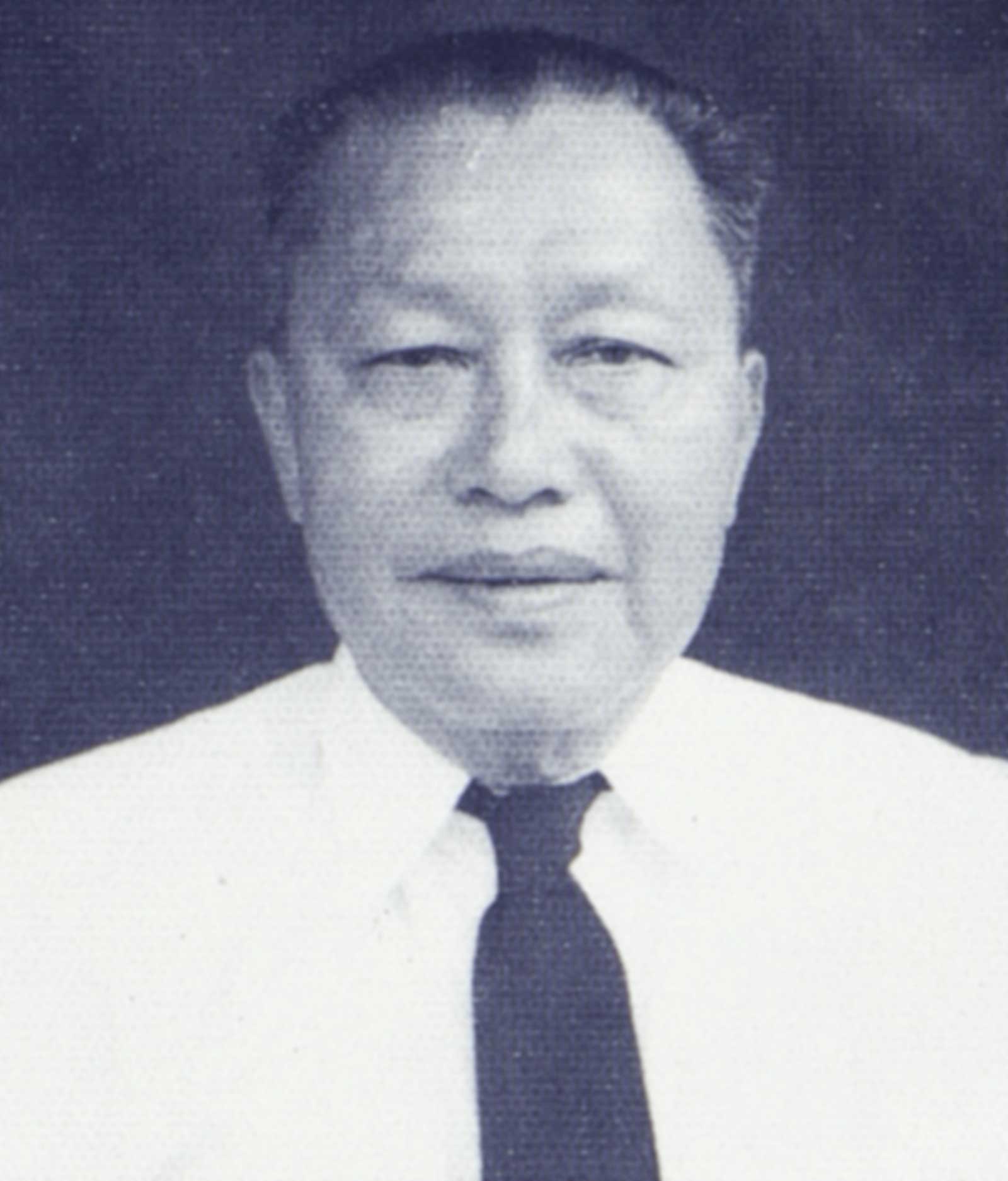The Engchoon Kuala Lumpur History Gallery






Support for Motherland Relief Campaign,
Funding Anti-Japanese Army and Allied Forces
Support for Motherland Relief Campaign
During the invasion of mainland China, the Japanese army discovered from the “Overseas Chinese Affairs Archives” that the Overseas Chinese in Southeast Asia were the largest financial supporters of the China’s Nanjing government. They realized that only by cutting off donations from these Overseas Chinese could they prevent the Nanjing government from receiving overseas financial support. The only way to achieve this was to launch the Pacific War and conquer Southeast Asian countries, thereby severing the continuous support to the Chinese government from behind. On the other hand, the Japanese army coveted the rich resources of Malaya, which was a major reason for Japan’s southward expansion. In particular, Malaya’s rubber and tin mines were exactly the resources lacking in Japan.
Within a week after the Marco Polo Bridge Incident on July 7, 1937, on July 13, the Muar Engchoon Association convened the Engchoon community and formed a “Chinese Refugee Relief Committee,” immediately launching a fundraising campaign among the Engchoon community. In a short time, they raised 10,000 Straits dollars. On July 15 and 19, they respectively remitted a total of 20,350 Chinese National dollars to the Central Ministry of Finance of the Republic of China. This was the first batch of relief funds from the Overseas Chinese in Nanyang to reach China. Subsequently, various relief committees across the country organized and planned fundraising efforts, in which Engchoon people everywhere participated without hesitation.
In 1937, the fiscal deficit of the Chinese National Government had reached as high as 80%. During this period, the war against Japan had just begun, and the National Government faced the problem of an empty treasury, unable to bear the huge military expenses. On August 30, 1937, the National Defense Supreme Committee of the Kuomintang formulated the “General Mobilization Plan Outline” in Nanjing: “Issue National Salvation Bonds, encouraging domestic people and overseas Chinese to purchase them to finance the military. Subsequently, various types of bonds were issued across the country, including National Salvation Bonds, Military Necessity Bonds, Allied Victory Bonds, and Public Welfare Savings Bonds, as well as construction bonds for road and dam building. According to statistics, during the war period, the National Government issued a total of 18 types of bonds, amounting to 15 billion yuan in legal tender, 1 billion yuan in customs gold units, 10 million pounds sterling, and 200 million US dollars.”
To support the war effort, in 1937, the Engchoon Anti-Enemy Support Committee actively promoted the purchase of National Salvation Bonds, receiving significant support from overseas Chinese. Huang Chongji generously donated a large sum and purchased National Salvation Bonds without hesitation. He was then known as the leading philanthropist among the Chinese communities in the four prefectures. During the annual meeting of the Kuala Lumpur Engchoon Association on December 19, 1937, it was unanimously decided to use the 3,195 yuan raised for relief to purchase Chinese Freedom Bonds. By September 21, 1938, the Kuala Lumpur Engchoon Association had accumulated 6,500 yuan in Freedom Bonds. All these bonds were handed over to the Selangor Chinese Relief Fund to be donated as relief funds for disabled and wounded soldiers in China.
During the time when Tan Kah Kee organized and led the “South Seas Overseas Chinese Relief General Association”, several leaders of the Kuala Lumpur Engchoon community actively participated in the relief work. Chen Shixiang served as the main person in charge of the Jialai District 9 Relief Committee, successively holding positions as treasurer and chairman. Lin Bangling responded to Tan Kah Kee’s call, joining the Kuala Lumpur Relief Committee and actively involved in fundraising. Zheng Xiangxian not only purchased National Salvation Bonds but also regularly paid monthly and miscellaneous donations. He made significant contributions when the Wuhan Choir and New China Theatre Troupe came for charity performances, and his son Zheng Guozhen served as a standing committee member of the Negeri Sembilan Chinese Relief Committee.
The National Salvation Bonds purchased by overseas Chinese during the Republic of China era
Sources: Ministry of Finance Historical Archives Exhibition Room of the Republic of China (Taiwan)– www.mof.gov.tw

The letter written by Lin Shiyin during his tenure as Director of the General Affairs Department of the Selangor Hokkien Community Relief Committee for the relief of hometown refugees
Source: Provided by Centre for Malaysian Chinese Studies

Chen Renyun, a director of the Kuala Lumpur Engchoon Association, served as the Director of the Finance Department of the Selangor Hokkien Community Relief Committee for Hometown Refugees.
Source: Provided by Centre for Malaysian Chinese Studies

Funding the Anti-Japanese Army and
Allied Forces
Japan’s initiation of the invasion of China and the Pacific War stemmed not only from militaristic ambitions but also from domestic factors such as the ongoing global economic crisis. Japan faced severe economic recession and high unemployment rates at the time, prompting the invasion of China and Southeast Asia as a diversionary tactic. Additionally, Japan coveted the abundant resources of Southeast Asia, particularly rubber and tin mines in Malaya, which were crucially needed domestically in Japan. Furthermore, Overseas Chinese in Southeast Asia constituted the primary financial support, it is only by cutting off the donations from overseas Chinese in Southeast Asia to China, can make the Nanjing government unable to obtain overseas donation supports.
After the Japanese army entered Malaya, they not only conducted extensive purges and initiated brutal massacres but also imposed a tribute of 50 million Straits dollars on the Chinese communities of Singapore and Malaya. Their primary objective was to confiscate civilian wealth, compelling local Chinese community leaders to contribute to this tribute fund. The Selangor Hokkien Community Tribute Collection Committee was ordered to raise 10 million Straits dollars. On June 5, 1942, during the first meeting of the Loan Committee at the Selangor Chinese Assembly Hall, attendees included leaders from major clan associations in Kuala Lumpur: Wong Tit San, Yap Kim Kee, Teoh Yeok Chye, Lau Wing Seep, Cheng Chye Min, Kwan Kim Tong, Ho Kim Mun, Chua Boon Yuan, Cheong Whang Hian, Chen Jen Yoon, Chu Ka Ping, Liew Yong Chee, Yeoh Heng Ling, Wong Chong Kit, Ong Chor Seng, Teo Eng Tong, Cheng Poh, Kuo Huai Ren, Lim Jiao, Tan Chin Siong, Khoo Teik Yi, Lu Yoon Jit, and Cheng Yuk Chye. Among them, Chen Jen Yoon, Tan Chin Siong, Huang Chongji, and Cheng Poh were significant leaders of the Kuala Lumpur Engchoon community at the time.
Despite being appointed by the Japanese army as advisor to the Sin Yik Pao in Kuala Lumpur, Vice Chairman of the Selangor Chinese Tribute Collection Committee, Vice Chairman of the Overseas Chinese Association, Vice Chairman of the Pacification Association, and Councillor of Selangor, Huang Chongji politely declined these positions using the reasons of old age and health issues. Even when invited by pro-Japanese entities such as journalists, alliance societies, radio stations, lectures, and propaganda sessions to praise the “beneficence” of the Japanese army, he firmly refused. Instead, during the Japanese occupation of Malaya, he generously funded the military expenses of British and American airborne units, as well as the American Air Force and Anti-Japanese forces, totaling a staggering 13 million yuan. Throughout his life, his integrity remained steadfast, and despite numerous close encounters with the Japanese authorities during their occupation of Malaya, he was fortunate to escape and unharmed.
When the Japanese invaded Malaya, they faced staunch resistance from the Chinese community, who strongly supported China’s war efforts. As a result, the Japanese harbored extreme prejudice against the Chinese, leading to actions such as the “Great Purge” and “Clearing of Overseas Chinese.” Chinese people across various regions were brutally arrested, beaten, raped, and massacred. Entire villages were subjected to collective killings, marking a heinous and abhorrent chapter that provoked outrage from both humans and deities alike. It is estimated that over 100,000 Chinese suffered grievous killings and atrocities across Malaya.
Source: Provided by Centre for Malaysian Chinese Studies

List of Members of the Selangor Overseas Chinese Loan Committee during the Japanese Occupation Period
Source: Provided by Centre for Malaysian Chinese Studies

Huang Chongji
Source: Provided by Kuala Lumpur Eng Choon Hoey Kuan


